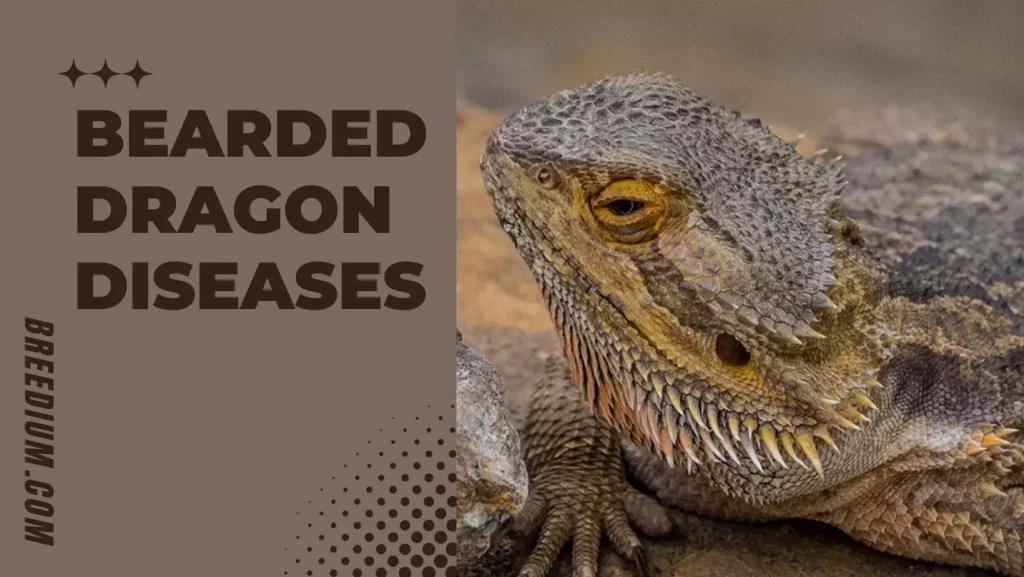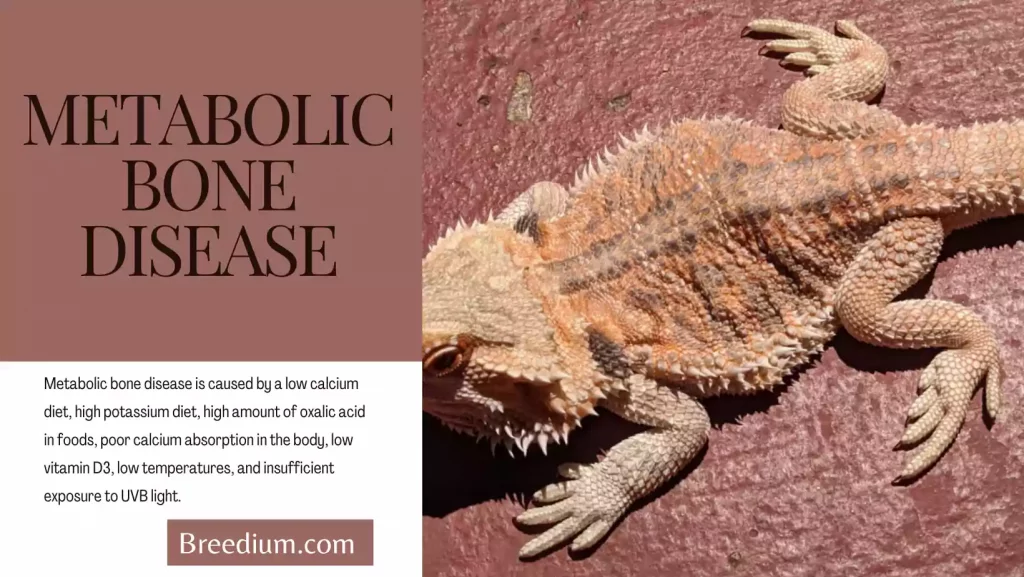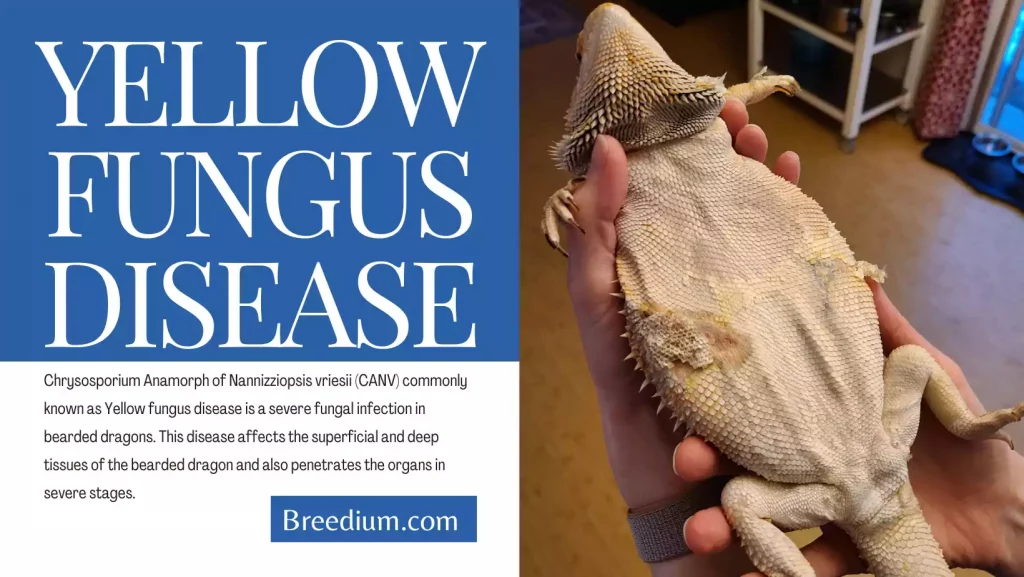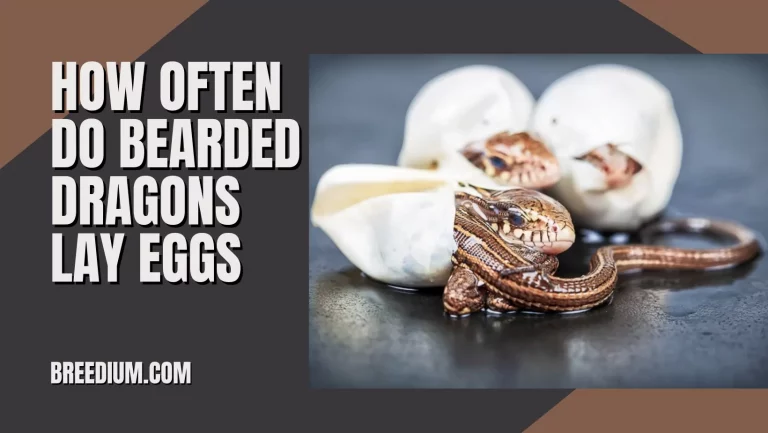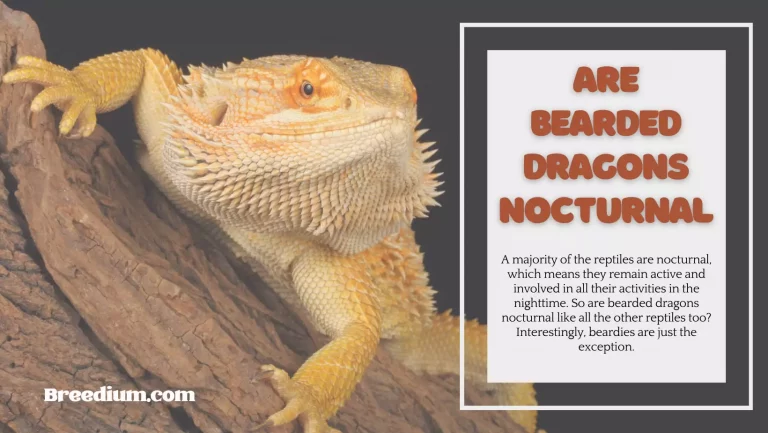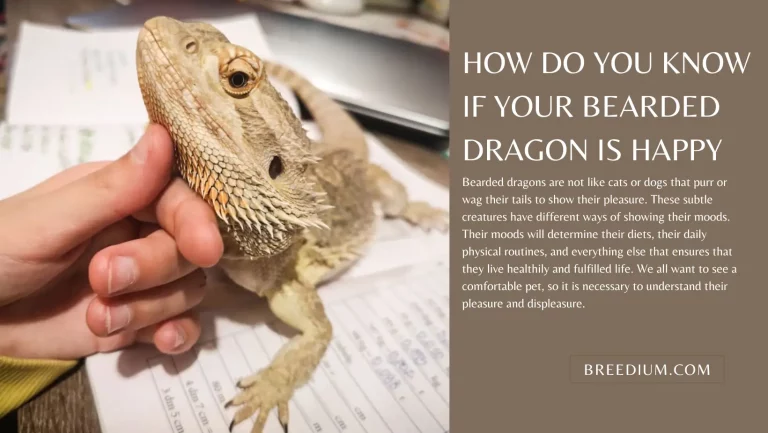Bearded Dragon Diseases | Common Health Concerns 2024
Bearded dragons are very tough lizards that originated from the arid and semi-arid areas of Australia. These territorial dragons live in extreme temperatures and are found on trunks, boulders, and dry bushes while camouflaging themselves from predators in the wild.
However, there are some common bearded dragon diseases that can make these creatures weak and even be fatal enough to cause death. If you have decided to pet this exotic docile creature or are already petting one, then you must know how important the health of your pet is. Prioritize your beardie’s health condition before anything else.
List Of Bearded Dragon Diseases
To begin with, you must look out for minor or major symptoms that indicate health concerns for your dragon. These may include,
- Lethargic behavior
- Choking
- Coughing
- Runny nose
- Loss of appetite
- Black beard
- Aggressive behavior
- Scratching the tank walls
All of the symptoms above are just signs of more serious bearded dragon diseases. If you notice any of these symptoms, know that your dragon might be under a disease that needs to be inspected by a vet as soon as possible. Below in this article, we will shed light on some bearded dragon diseases that are common to have, to add more to your knowledge. Also, check out What Cant Bearded Dragons Eat.
Metabolic Bone Disease
One of the most common and most referred to severe diseases in bearded dragons is metabolic bone disease or MBD. Metabolic bone disease is caused by a low calcium diet, high potassium diet, high amount of oxalic acid in foods, poor calcium absorption in the body, low vitamin D3, low temperatures, and insufficient exposure to UVB light.
In this disease, the dragon will have weak, porous, and deformed bones. The dragon’s limbs look deformed, and the beardie is overall limp and frail. This disease is a severe one and completely makes the bones useless if it is not treated or reversed earlier.
The muscles begin to twitch, and the beardie often gets spasms. Some beardies may also get regular seizures, and some may also lose their capability to move at all. And if you want to know more about this disease then have a look at Metabolic Bone Disease In Bearded Dragons.
The symptoms of metabolic bone disease include,
- Weakness
- Lethargic behavior
- Muscle twitching
- Fractures
- Softening of jaw
- Paralysis
- Stunted growth
- Loss of appetite
Although MBD has no cure and cannot be killed from the root, we can still reverse it to minimize or eliminate most of the symptoms. And with constant care, the dragon can live a healthy and happy life. You can prevent or reverse MBD by feeding calcium-rich foods like kale, cactus pad, collard greens, etc.
The more calcium, the better for the bones and muscles of your bearded dragon. Another important consideration for the diet is feeding foods low in potassium and oxalic acid, as both of them hinder the absorption of calcium inside the body.
Furthermore, you must have perfect ranging temperatures where one side of the enclosure is hot and the other is relatively low. The correct temperatures help in calcium absorption. Plus, there should be an ample amount of UVB light in the enclosure.
UVB light also helps in the absorption of calcium greatly and also helps in the production of vitamin D3. However, if your dragon has reached the severe stage of MBD, in which the body is terribly deformed, then your vet will be keeping it on drugs that have to be administered timely.
Yellow Fungus Disease
Chrysosporium Anamorph of Nannizziopsis vriesii (CANV) commonly known as Yellow fungus disease is a severe fungal infection in bearded dragons. This disease affects the superficial and deep tissues of the bearded dragon and also penetrates the organs in severe stages.
It is a contagious disease and can spread from one beardie to another through contact or air. It is born in bearded dragons from poor hygiene, uncleaned enclosures, etc.
As the name indicates, yellow fungus discolors the entire beardie and turns it yellow. The ruthless fungal infection invades the hard scaly skin and breaks it off. When the yellow fungus has taken over, the skin is peeled and the underlying tissues are exposed to the outside.
To fight this deadly disease, one must detect the symptoms early and prevent the fungus from spreading any further by keeping it under control.
The symptoms of the yellow fungus include,
- Lethargic behavior
- Weight loss
- Loss of appetite
- Sunken eyes
- Pus leakage
- Yellow discoloration
- Dark crusty lesions
- Facial swelling
It is still disputed if the yellow fungus can be eliminated from the root or not, but many doctors believe that it can be cured completely. There are some treatments that can prevent its spread and make the beardie healthy again. The treatment includes antifungal drugs, like Amphotericin B injections, Voriconazole, Terbinafine, and Itraconazole. Read Bearded Dragon Stress Marks next.
Upper Respiratory Infection
URI or upper respiratory infection is a bacterial infection very common in bearded dragons. It is a bacterial infection in the lungs that is caused and worsened by excessive moisture. It can be caused by a variety of inappropriate conditions like dirty enclosure, high humidity, wring substrate, wrong temperatures, insufficient UVB light, poor bathing, and stress.
The symptoms of the upper respiratory infection include,
- More throat puffing
- Loss of appetite
- Weight loss
- Sneezing
- Coughing
- Breathing difficulties
- Clicking sounds while breathing
- Stringy or bubbly mucus
- Mouth gaping
- Laziness
- Breathing with the mouth open
- Slimy mucus coming out of the nose
- Black beard for 6 hours or more
Fortunately, URI can be easily cured and taken care of in the early stages. Plus, if it has gotten worse and reached a fatal condition, it can still be controlled. If you see all or any of these symptoms, take your pet to the vet immediately and also take the below-mentioned important measures.
Use a fogger to transform liquids into vapors for treating the lungs, this should be consulted with the doctor. Next, use a dehumidifier, as humidity worsens respiratory infection and is also one of the major causes of URI, the humidity should be below 40%. Importantly, drain mucus from the birdie’s neck by holding the bearded dragon with a towel and angling its head downwards.
Dragons infected with respiratory diseases are also treated with Serrapeptase, making a slurry of this anti-bacterial enzyme, which fights bacteria. Lastly, raise the enclosure’s temperatures by 3-5 degrees to dry the moisture in the enclosure and kill the bacteria, and always keep the place clean for a quality life for your pet.
Parasites
Every bearded dragon has a small count of parasites inside it. But a parasitic disease is caused by a parasite attack. The only cause of parasitic infections is poor hygiene, filthy enclosures, and improper baths.
Parasites live inside the host’s body and live on their nutrients. They consume the host’s energy and make the host weak and energy deficient. They destroy the immune system and also make the dragon sick, lethargic, and lazy.
When your dragon is infected by parasites, your vet will take a sample of the beardie’s vomit or stool to run tests. Shockingly, bearded dragons that are kept in captivity and taken care of by dragon owners are more prone to parasites than dragons out in the wild who are unprotected. This is because of the dirty and gross enclosures that are ignored by some dragon owners.
Below are some of the common parasites that cause diseases in bearded dragons.
- Protozoans
- Pinworms
- Giardia
- Tapeworms
- Flagellates
- Coccidia
Conclusion
Above, we have discussed the most common bearded dragon diseases to add to your knowledge. If you see any symptoms in your bearded dragon, then be quick to take your pet to the reptile vet. Always take care of the hygiene of your dragon and the enclosure. Keep a check on the temperature and the lighting, and be sure of the food you are feeding your dragon.
Every disease can be stopped from worsening if proper care and love are given to a living being. Don’t lose hope and give the prescribed medications to your beardie timely. Surely, your dragon will regain health and live a happy prolonged life.
Frequently Asked Questions
What is Adenovirus in bearded dragons?
Adenovirus is a viral infection in bearded dragons. It is also known as the wasting disease and is identified as the stargazing disease. Beardies hold their head up at an unusual angle and look up when they are infected by this virus. Beardies also get seizures and limb shaking is also common.
What is impaction in bearded dragons?
When there is a build-up in the digestive system of the bearded dragon, it is called Bearded Dragon Impaction. It is caused by a diet of high chitin, such as mealworms. The symptoms of impaction include hard lumps in stool, less defecation, loss of appetite, a black beard, and laziness.
What is Salmonella disease?
Salmonella disease is found in bearded dragons. It is a digestive disease that can cause bacterial infections and also harm the organs if it is severe. The symptoms of Salmonella are vomiting, nausea, diarrhea, abdominal pain, fever, and cramps.

Emma is a pet enthusiast, and her way with words makes her an expressive writer. Her interests lie in healthcare and planning nutrition for various pets. She has two girls, and she’s passing her passion to them through occasional volunteer projects in the small neighborhood zoo. Emma joined our team as an enthusiast and has added more years to her experience by researching more about various creatures!

